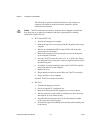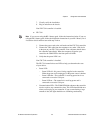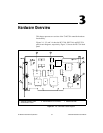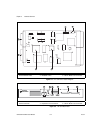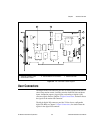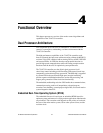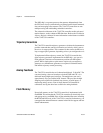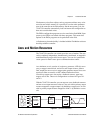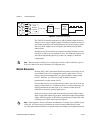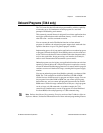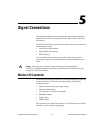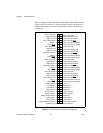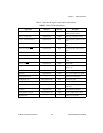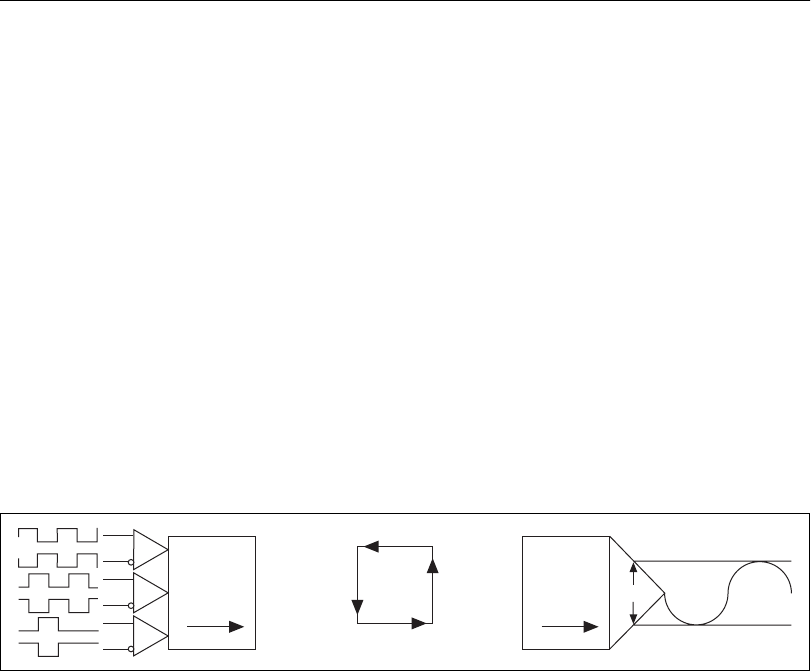
Chapter 4 Functional Overview
© National Instruments Corporation 4-3 7344/7334 Hardware User Manual
Flash memory also allows objects such as programs and data arrays to be
stored in non-volatile memory. It is possible to save the entire parameter
state of the controller to the flash memory. On the next power cycle, the
7344/7334 controller automatically loads and returns the configuration to
these new saved default values.
The FPGA configuration programs are also stored in the flash ROM. Upon
power-up, the FPGAs are booted with these programs. This means that
updates to the FPGA programs can be performed in the field.
A flash memory download utility is included with the FlexMotion software
that ships with the controller.
Axes and Motion Resources
The 7344/7334 controller can control up to four axes of motion. The axes
can be completely independent, simultaneously coordinated, or mapped in
multidimensional groups called vector spaces. You can also synchronize
vector spaces for multi-vector space coordinated motion control.
Axes
At a minimum, an axis consists of a trajectory generator, a PID (for servo
axes) or stepper control block, and at least one output resource, either a
DAC output (for servoaxes) or astepper pulse generatoroutput. Servo axes
must have either an encoder or ADC channel feedback resource.
Closed-loop stepper axes also require a feedback resource, open-loop
stepper axes do not. These axis configurations are shown in Figures 4-1
and 4-2.
With the 7344/7334 controller, you can map one or two feedback resources
and one or two output resources to the axis. An axis with its primary output
resource mapped to a stepper output is by definition a stepper axis. An axis
with its primary output resource mapped to a DAC is by definition a servo
axis.
Figure 4-1. Servo Axis Resources
0101011101101
11101101100
101100111
101100111
PID
Servo
Loop
16-Bit
D/A
Converter
32-Bit
Encoder
Interface
±10 V
øA
øB
Index



